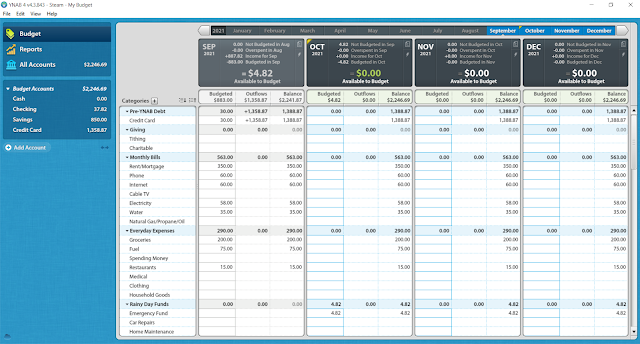Week 7: eBooks Vs Books
Welcome to another week of UX Design Roundup, where we will be switching gears and comparing literature. One significant change to our long-standing reading habits has been the invention of the ebook, but can digital literature manage to outshine a hard copy book? Can the young up and comer pull an upset on the physical book and its thousands of years of experience? Let's find out! Oh, and if you're wondering what happened to week 1, it insisted on flying a poorly maintained aircraft into the Sahara Desert with no training. That was a while ago, but it should be joining us soon.
eBooks
Creating a digital book isn't a leap when you can export a PDF text document and send it to someone. It's simple, and just about anyone can do it, but designing a digital file to compete with a physical book is a whole other level. Amazon's Kindle series e-readers (considered the industry leaders) have put a ton of time and energy into replicating a print experience.
The tablet computer can store a literal library of books with no change in space or weight, which is incredible. A dedicated e-reader uses side lighting to reduce glare while maintaining contrast. Hence, it is readable in bright environments and much more comfortable to stare at for long periods. A slightly textured screen provides a tactile experience while the page-flipping motion is maintained for ease of use. The newest series is also highly water-resistant, making them ideal companions for the beach or pool while vaulting them ahead of traditional books. No question about it, ebooks have plenty of fight in them!
Books
The traditional book as we know it has been about since around the first century AD and has a fundamental edge over its modern counterpart: Permanence. Allow me to explain. Any printed work is set in a specific layout, size, and color on a fixed medium that is (relatively) permanent. The end-user cannot change anything, whereas digital works allow the user to change fonts, background colors, sizes, and contrast levels to suit their viewing desires while adapting to varying display shapes and sizes. That may sound great, but it brings up several shortcomings of digital work.
Designers can make true works of art in printed formats, confident the viewers will see them as they were intended. Digital readers make no such promises. Images also pose significant problems because the fixed size of an image may not view well on a large screen, or it may cause weird shifts in the text when scrolling toward it, then scrolling back. Similarly, font changes and text size can mess with purposeful layout, and changing backgrounds can make seemingly transparent images live inside a white box instead. Books suffer none of these problems because they are permanently fixed as the designer has specified.
Conclusion
While ebooks may have a market edge for wet environments and book lovers on the move, they still suffer from fundamental quirks that seriously take away from the reading experience. Sadly, this is not likely to change as they are caught between a rock and a hard place. They could standardize digital readers to stabilize the design side, but that would hamper e-reader innovation and lessen accessibility for end-users, reducing sales. On the other, you could give more control and variety for end-users to increase sales, but then you destabilize the design side and harm the experience. Maybe they will crack that nut one day, but books will remain the reigning champs until then. Be sure to join us next week for another round of UX Design Roundup!




Comments
Post a Comment